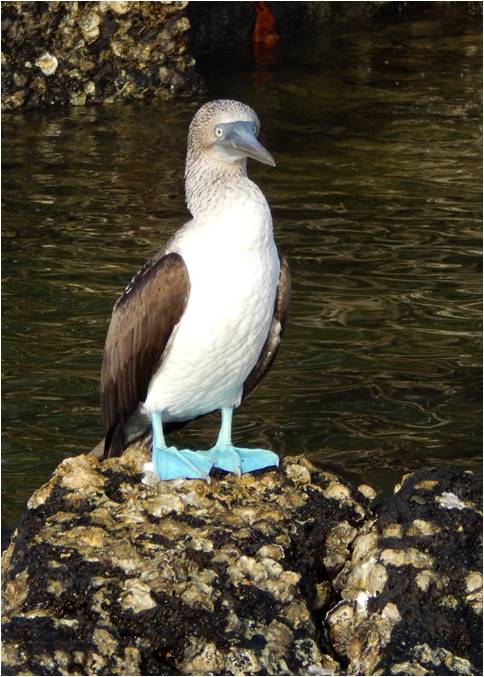ACEP ID:
- My Account
- My CME
- Sign Out
ACEP ID:
 Humor is a complex and delicate topic in medical practice. While we have seen humor soften or offer levity to grave moments, we have all witnessed instances where humor was perceived as inappropriate or offensive, the emotional response not laughter or shared understanding, but hurt and pain.
Humor is a complex and delicate topic in medical practice. While we have seen humor soften or offer levity to grave moments, we have all witnessed instances where humor was perceived as inappropriate or offensive, the emotional response not laughter or shared understanding, but hurt and pain.
Some physicians are extremely cautious about humor and laughter in the care of patients, while others consider humor a critical part of their personality and joking with patients an essential part of their physician identify.
In emergency medicine we’re constantly confronted with the pain and suffering of others. But we have more than a front row seat to a range of intense human experiences, we are participants as well. Moment by moment, tragedy and comedy is in constant rotation. For example, consider the patient who dislocates his ankle on the ice. We chuckle with him as he describes the silly fall. He’s laughing through the pain. So stupid, he says, and we laugh because we’re all experts in our own personal stupidity. We treat his pain, get the x-ray, deal with the medical consequences. We sedate him, but he’s uncomfortable. One wonders whether the laughs we shared to alleviate his embarrassment also primed us, when we reduced the bones into alignment, to feel more of his pain.
Emergency medicine is a serious endeavor. One might indulge in hyperbole and say it’s a deadly serious endeavor. However, humor manages to creep in around the edges. Sometimes it hits like a tidal wave, other times we experience it as a single shaft of light, a reminder that we are all fragile and flawed humans.
Humor in medicine is complicated. It operates on many levels and serves different purposes. We use humor to keep people outside, to keep some distance between ourselves and others. But we also use humor as a point of entry to better understand ourselves and others, for exploring emotional territories we might find uncomfortable otherwise.
What about gallows humor, which treats “serious, frightening, or painful subject matter in a light or satirical way.” Is there a role for gallows humor in medicine?
Are there certain topics that we can’t touch, especially with humor? What are we really saying by putting fences around particular topics, that we’re afraid of offending others or risk being misinterpreted? Or maybe humor finds a way of landing on a tender truth? Can humor serve as a vehicle for insight, comfort and connection? Is laughter ever liberating, maybe even a road to wellness? When we laugh, we're completely in the moment. Is laughter another way to foster a sense of presence with our patients and colleagues?
These questions set the stage on an exploration into humor in our emergency medicine practice. Maybe there’s a function for laughter, especially when understood through the words of the comedian Kevin Breel, who described laughter as tangible evidence of hope.
OBJECTIVES: